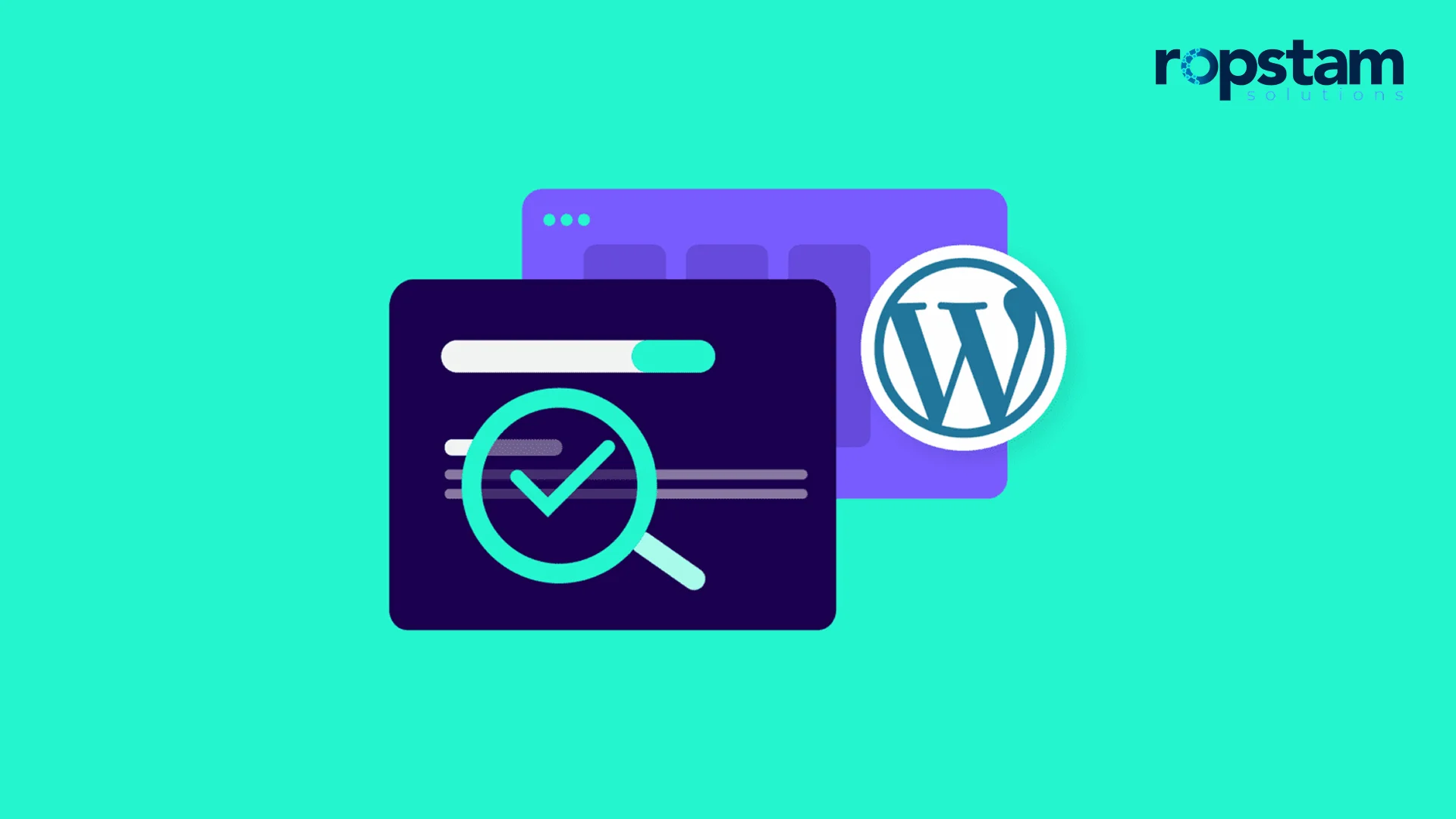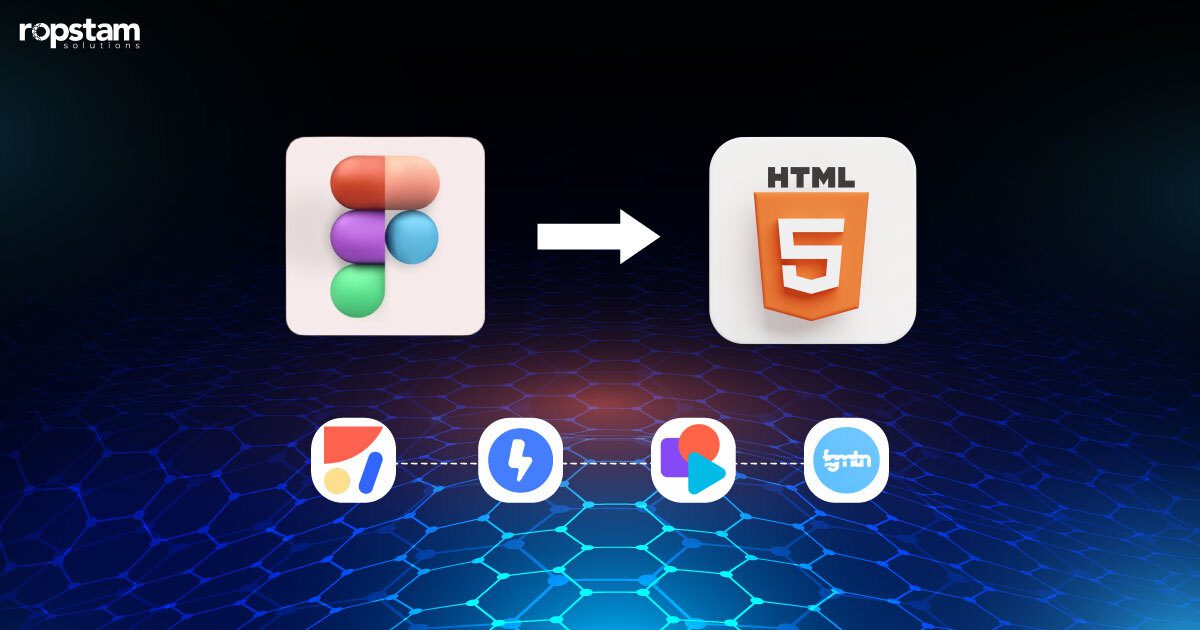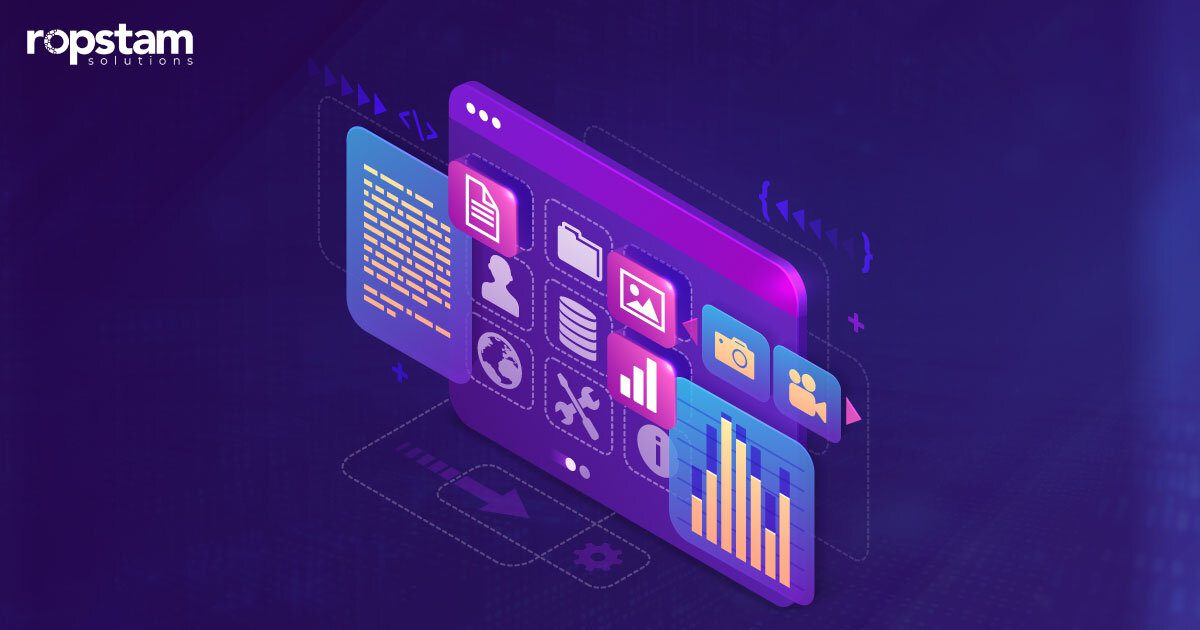In the past decade, the exponential growth of ecommerce has, without a shadow of a doubt, transformed the retail industry, but it has also introduced new challenges. As online shoppers face issues like slow loading times and payment glitches, new businesses face the risk of lost sales and damaged reputations.
But there’s always hope on the horizon. Technology offers innovative solutions to these pain points with the encouraging promise to enhance the online shopping experience for both customers and merchants alike.
In this article, we’ll look into the advanced tech fixes that can enhance your ecommerce operations, and boost customer satisfaction to take user experience to the next level. If you are looking for innovative solutions to tackle the pain points of ecommerce customers, you have come to the right place.
Top Pain Points of E-commerce Customers
While the world of ecommerce has unlimited potential, there are certain roadblocks in the path that you must avoid to reach the ultimate goal.
- Slow Website Speed
- Complicated Navigation
- Poor Product Filtering
- Payment Issues
- Not Giving Importance to Mobile Responsiveness
- Lack of Customer Support
- Slow Checkout Procedure
- Poor User Interface
- Adding Irrelevant Information
- “Out of Stock” Products
1. Slow Website Speed
In hindsight, slow-loading websites are a major pain point for customers and can significantly impact your business’s success. Studies show that even a slight delay in page load time can lead to a significant drop in conversions. This can directly affect your bottom line and damage your brand’s reputation.
Solutions:
- Optimize images and compress files: Large images and unoptimized files can significantly slow down your website. So you must use the power of tools like TinyPNG or ImageOptim to compress images without compromising quality.
- Use a content delivery network (CDN): A CDN stores copies of your website’s files on servers located around the world, reducing the distance data has to travel and improving load times for visitors from different regions.
- Implement browser caching: Browser caching allows your website’s files to be stored locally on users’ devices, reducing the need to download them every time a page is visited. This can significantly improve page load times.
- Minimize HTTP requests: Each element on your website, such as images, scripts, and stylesheets, requires an HTTP request to load. Reducing the number of requests can improve your website’s overall performance.
2. Complicated Navigation
A confusing site structure can overwhelm visitors and make it difficult to find what they’re looking for. This can lead to increased cart abandonment rates and reduced sales. Consequently, customers may also leave negative reviews, deterring potential buyers.
Solutions:
- Implement a clear, logical menu structure: Organize your website’s content into well-defined categories and subcategories.
- Use breadcrumbs: Breadcrumbs allow users to easily navigate back to previous pages.
- Provide a prominent search bar: A search bar makes it easy for users to find specific products or information.
- Category pages with clear hierarchies: Group related products into categories and subcategories to make it easier for users to browse.
- Offer guided navigation options: Consider using filters, facets, or guided search to help users narrow down their options.
3. Poor Product Filtering
Ineffective filtering can frustrate customers, especially when dealing with large product catalogs. This can result in wasted time, abandoned searches, and lost sales opportunities. Also, customers may turn to competitors with better filtering options.
Solutions:
- Implement robust filtering: Allow users to filter products by various attributes, such as price, brand, size, color, and features.
- Allow for multiple filter selections: Let users combine multiple filters to narrow down their search results.
- Use clear filter labels: Ensure that your filter labels are easy to understand and relevant to your products.
- Provide sorting options: Allow users to sort products by price, popularity, or other criteria.
- Include a “clear all filters” option: Make it easy for users to reset their filters and start from scratch.
4. Payment Issues
Always keep in mind that payment problems are a major conversion killer. Failed transactions, limited payment options, or security concerns can cause customers to abandon their carts. The outcome is lost sales and potential long-term customer loss.
Solutions:
- Offer multiple payment options: Accept a variety of payment methods, including credit cards, PayPal, and digital wallets.
- Implement strong security measures: Protect your customers’ sensitive information with industry-standard security protocols.
- Provide clear error messages for failed transactions: Inform customers of the reason for failed transactions and offer alternative payment options.
- Offer guest checkout options: Allow customers to make purchases without creating an account.
- Display trust badges and security certifications: Showcase your commitment to security and build trust with your customers.
5. Not Giving Importance to Mobile Responsiveness
With the number of smartphone users at an all-time high and mobile commerce on the rise, neglecting mobile users means missing out on a significant market share. Non-responsive sites mean poor user experience, lower search rankings, and decreased mobile conversions, which can be detrimental to your business.
Solutions:
- Implement a responsive design: Ensure your website adapts to different screen sizes and devices.
- Optimize images for mobile devices: Compress images and use appropriate font sizes for mobile screens.
- Use mobile-friendly navigation: At all costs, simplify navigation for mobile users to reduce the abandonment rate.
- Ensure fast loading times on mobile networks: Optimize your website for mobile networks to improve performance.
- Test thoroughly across various devices: Before launching your website, test it on a variety of devices to ensure your website functions properly on all platforms.
6. Lack of Customer Support
It is pertinent to state here that poor or ineffective customer support can have a devastating impact on your business. Frustrated customers are more likely to leave negative reviews, damage your brand’s reputation, and reduce customer loyalty. Additionally, inadequate support can increase the likelihood of returns and chargebacks, negatively affecting your bottom line.
Solutions:
- Implement live chat support: Offer real-time assistance to address customer inquiries promptly.
- Offer multiple contact channels: Provide various options for customers to reach out, such as email, phone, and social media.
- A Comprehensive FAQ section: Address common customer questions and concerns to reduce support ticket volume.
- Provide 24/7 support: Offer round-the-clock assistance to meet the needs of customers in different time zones.
7. Slow Checkout Procedure
It goes without saying that a lengthy or complicated checkout process can significantly increase cart abandonment rates. Each additional step or form field reduces the likelihood of completed purchases, directly impacting your revenue.
Solutions:
- Implement a one-page checkout: Simplify the checkout process by combining all necessary information into a single page.
- Offer guest checkout options: Allow customers to make purchases without creating an account.
- Use auto-fill for returning customers: Save customers time by pre-filling form fields with their previously entered information.
- Minimize required form fields: Collect only essential information to reduce friction in the checkout process.
- Provide clear progress indicators: Show customers how far along they are in the checkout process to keep them engaged.
8. Poor User Interface
What deters your customers and reduces trust in your brand is an unattractive or confusing interface. This can undoubtedly lead to higher bounce rates, lower time on site, and fewer conversions as users struggle to interact with your online store. That’s why designing a simplistic user interface is of utmost importance.
Solutions:
- Use a clean, modern design: Create a visually appealing and professional look for your website.
- Ensure consistent branding across all pages: Maintain a cohesive brand identity throughout your website.
- Introduce interactive product layouts and grids: Organize your products in a way that is easy for customers to browse.
- Use high-quality product images: Clear and attractive images can entice customers to make a purchase.
- Prioritize readability with appropriate fonts and colors: Choose fonts and colors that are easy to read and visually appealing.
9. Adding Irrelevant Information
It’s pertinent to note that overwhelming and confusing customers with unnecessary details or failing to provide crucial information can lead to distrust. The outcome? Increased customer service inquiries and potential loss of sales due to uncertainty – this can enormously hurt your online store.
Solutions:
- Provide concise product descriptions: Without going into too many details, delineate the key features and benefits of your products.
- Use bullet points for key features: Make it easy for customers to quickly scan product information.
- Include relevant specifications only: Provide customers with the information they need to make informed decisions.
- Offer customer reviews and ratings: Let customers see what other buyers think about your products.
- Use product comparison tools: Help your customers compare different products to find the best option for their needs and make the purchasing decision easier for them.
10. “Out of Stock” Products
Displaying unavailable products frustrates customers and wastes their time. As a result, you can expect from your customers, disappointment, abandoned searches, and lost sales opportunities. What’s worse is that customers may turn to competitors who have the desired items in stock, given that tens of alternative stores are just a single click away.
Solutions:
- Implement real-time inventory management: To minimize the abonnement rate, ensure that your product availability information is accurate and up-to-date.
- Introduce “back in stock” notifications: Allow customers to sign up for notifications when out-of-stock items become available.
- Suggest alternative products: To keep customers engaged, recommend similar or alternative products that are currently in stock
- Provide estimated restocking dates: Give customers a timeframe for when the product will be available again to keep them engaged and hooked.
- Remove out-of-stock items: To prevent customer frustration and avoid any ambiguity for your potential buyers, avoid displaying unavailable products in search results, or clearly mark which products are unavailable at the moment.
Partner With Ropstam Solutions For Your Next Shopify Project
While running and managing your personal ecommerce store is a golden opportunity for most, one must keep in mind that there are several challenges you must tackle in this journey. Fortunately, there are solutions available to overcome these problems and you must adopt several methodologies to earn the trust of your customers.
Looking to build an online store from scratch? If you are searching for a reliable ecommerce website development agency, look no further than Ropstam Solutions. Boasting a team of award-winning Shopify developers and years of experience in this field, we are ready to undertake your next project. Give us a call or send us an email and let us worry about all the technicalities of your project.













